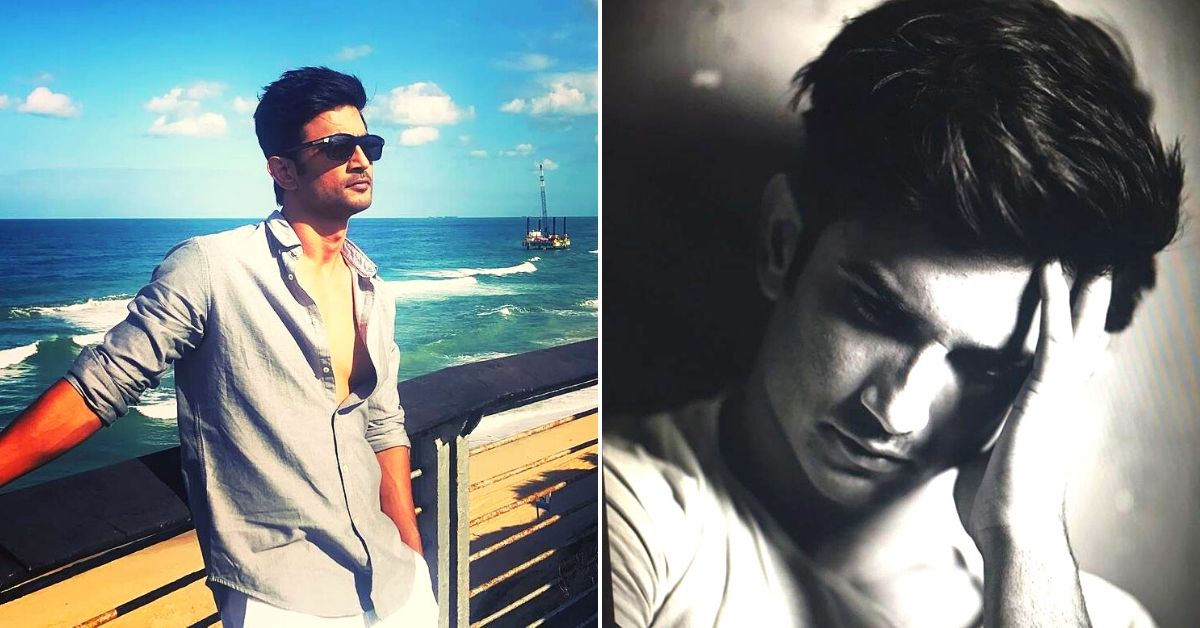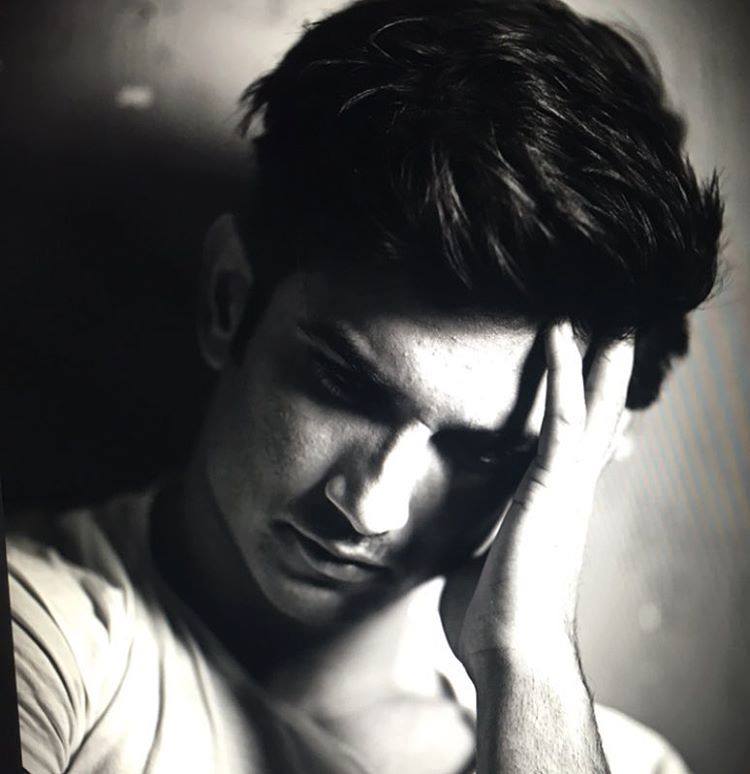What’s Wrong in Covering Celebrity Suicides with Such Fanfare? Everything & More
“I have seen media houses showing a rope knot, bloody knife, syringes or chemical cans. These are deeply triggering images. They must be avoided because it gives people ideas to those already contemplating suicide.”

The news of actor Sushant Singh Rajput’s tragic death by suicide led to a massive outpouring of grief and sadness from Indians of all hues.
Sushant wasn’t your ‘average’ film celebrity. Young and dynamic, with no ‘godfathers’ in the industry, he represented far more than his 11 released films indicated.
From his passion for the sciences to his charitable donations, to even small things like his habit of posting humble replies to regular comments on social media platforms like Instagram—he established a deeply personal connection with his fans.
However, amid all the deeply-felt tributes, many were appalled by the way our mainstream media, particularly TV channels, covered the news—pointing out that it was outright predatory and deeply inconsiderate.
And they were right. Most channels did not use the proper terminology—framing Sushant’s death as ‘committed suicide’ rather than the appropriate ‘died by suicide’.
Many ran baseless tickers suggesting that Sushant somehow ‘failed’ as a person. Others showcased unverified details speculating about the cause. And some even harassed his loved ones in their time of grief.
One must ask whether is it good for the media to cover celebrity suicides with so much fanfare – ignoring the fact that a celeb is also a person, and an influencer?

How Should The Media Cover Celebrity Deaths?
Although there isn’t any data specifically for India, there are enough studies to indicate around the world to suggest a spike in suicide rates following a celebrity suicide. When comedian Robin Williams died in 2014, according to the Centers for Disease Control and Prevention (CDC) in the United States, there was an almost 10% increase in suicide, particularly among middle-aged men.
Speaking to The Better India, Tejas Shah, a Mumbai-based clinical psychologist, who practices at Healing Studio and conducts regular suicide prevention workshops across the city, believes that celebrity suicides shouldn’t be covered with such fanfare. He argues that the media must show more considerable restraint and be more responsible and ethical.
“The way the media has covered the recent suicide of film star Sushant Singh Rajput has been poor. They have intruded on the privacy of family members and shoved their mics on their faces when grieving. His death is portrayed as a psychological drama unfolding from one moment to another. What happens as a result is that it causes distress in society as well. You must have heard about the ‘copycat suicide’ phenomenon, and there are statistics to suggest whenever a celebrity dies by suicide, the suicide rates go up,” notes Tejas.
“For people suffering from mental health illnesses and contemplating suicide, such a death is a deeply triggering event. This sort of idealisation often gives ordinary fans or those triggered by the events the real option of suicide, which sometimes results in copycat episodes. In showing the methodology or how the suicide happened in detail, the media inadvertently opens up possibilities for another person to take similar steps,” he says.
Of course, the media is going to report the news, facts, and the story itself. But at the same time, it can take responsibility in not splashing triggering images either online, TV or broadsheet.
“I have seen media houses showing a rope knot, bloody knife, syringes or chemical cans. These are deeply triggering images. They must be avoided because it gives people ideas to those already contemplating suicide. Some precaution must be maintained,” adds Tejas.

How Can The Media Be More Responsible?
In an illuminating thread on Twitter, the Centre for Mental Law & Policy, a Pune-based think tank laid down seven key guidelines on how the media should cover celebrity suicides:
1. Don’t promote suicide stories by placing them in the front pages of the newspaper or as a lead item for broadcast media.
2. Don’t give details about the method or location of any suicide death or attempt.
3. Suicide notes, text messages, social media posts, and emails of the deceased person and/or their family members should not be published.
4. Don’t speculate. Verify your facts from multiple sources when the reasons for a suicide death or attempt are not immediately clear.
5. Don’t reveal personal details about family members, the deceased person, or any person who has attempted suicide without their informed consent.
6. Don’t write of suicide deaths/attempts as horrific, unfortunate events. Open up your story by focusing on the celebrity’s life and their contribution to society.
7. Suicide is a largely preventable public health problem. There are several counselling services and helplines working across the country for this cause. Include these resources in your story/report.
Getting Help
Speaking to The Better India, an online content creator based out of New Delhi talks about how she seriously contemplated suicide after her boyfriend for six years abruptly broke up their engagement. She had joined a creators group online a couple of months back and vented her feelings there.
In response, she received 500 messages from “amazing men and women” who are part of a larger online community.
“They talked me out of self-harm, gave me tips, made me realise why I am better off without him and helped me see that there were so many people going through similar situations because of the lockdown. They saved my life,” she says.
Reaching out can change a life—yours or someone else’s.
THREAD. Let me tell you abt some myths around #suicide & how you can save lives. #suicideprevention
MYTH 1: Talking about suicide is a bad idea, as it may be seen as encouragement
FALSE. Rather than encouraging suicide, talking openly helps prevent suicide. 1/n
— Dr Soumitra Pathare (@netshrink) June 30, 2019
Here are some suicide prevention helplines:
Mumbai: I Call- 022-25521111 (Monday to Saturday, 8 am to 10 pm), ASRA- 022-27546669,
The Samaritans Mumbai: 8422984528/842984529/8422984530 (5 pm to 8 pm on all days)
Bengaluru: Sahai – 080-24497777 (10 am to 8 pm)
Kochi: Maitri (0484-2540530), Chaithram (0484-2361160)
Kolkata: Lifeline Foundation – 033-24637401/32
Tamil Nadu: Sneha – 044-24640059
Delhi: Sanjivini Society for Mental Health- 011-40769002 (Monday to Saturday from 10 am to 7.30 pm)
Andhra Pradesh: 1Life – 7893078930
Telangana: Roshini (040-66202000)
Karnataka: Arogya Sahayavani – 144
(Edited by Vinayak Hegde)
Like this story? Or have something to share? Write to us: [email protected], or connect with us on Facebook and Twitter.
If you found our stories insightful, informative, or even just enjoyable, we invite you to consider making a voluntary payment to support the work we do at The Better India. Your contribution helps us continue producing quality content that educates, inspires, and drives positive change.
Choose one of the payment options below for your contribution-
By paying for the stories you value, you directly contribute to sustaining our efforts focused on making a difference in the world. Together, let’s ensure that impactful stories continue to be told and shared, enriching lives and communities alike.
Thank you for your support. Here are some frequently asked questions you might find helpful to know why you are contributing?


This story made me
- 97
- 121
- 89
- 167











